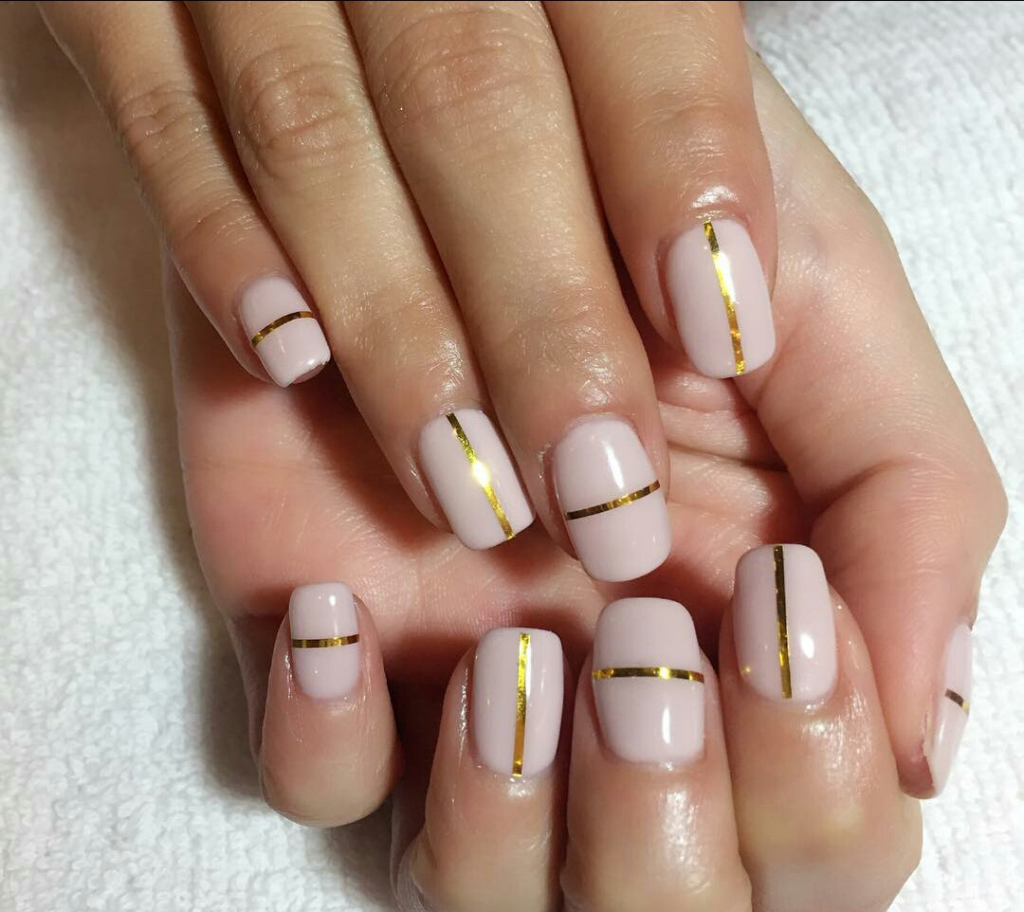Stripping Nails: Understanding and Dealing with Nail Damage
Stripping nails, also known as nail stripping or nail ridges, can be a source of frustration for many individuals who take pride in maintaining healthy and beautiful nails. These unsightly vertical lines or ridges that appear on the nails can not only affect their appearance but may also lead to concerns about nail health. In this article, we’ll delve into the world of stripping nails, explore the causes behind this condition, provide tips on prevention and care, and ensure that we maintain professional SEO standards throughout the content.
Understanding Stripping Nails
Stripping nails are characterized by vertical lines or ridges that run from the base of the nail to the tip. These lines can vary in depth and severity, from subtle and barely noticeable to more pronounced and prominent. While stripping nails are typically harmless, they can be indicative of underlying health issues or habits that affect nail health.

Causes of Stripping Nails
Several factors can contribute to the development of stripping nails:
- Aging: As we age, our nails naturally become more prone to ridges and irregularities.
- Nutritional Deficiencies: A lack of essential nutrients, particularly biotin, can affect nail health and contribute to ridges.
- Dehydration: Insufficient hydration can impact nail strength and appearance.
- Trauma: Repeated trauma to the nails, such as excessive filing or the use of harsh chemicals, can lead to nail ridges.
- Medical Conditions: Certain medical conditions, such as psoriasis or eczema, may manifest as nail ridges.
- Medications: Some medications and treatments can affect nail health and lead to ridges.
Preventing and Caring for Stripping Nails
While some causes of stripping nails may be beyond your control, there are steps you can take to prevent and care for this condition:
- Maintain a Balanced Diet: Ensure you’re getting a well-balanced diet rich in essential nutrients, including biotin, vitamin E, and omega-3 fatty acids, which are beneficial for nail health.
- Stay Hydrated: Proper hydration is vital for overall nail health. Drink an adequate amount of water daily.
- Protect Your Nails: Use gloves when doing household chores or activities that may expose your nails to chemicals or trauma.
- Avoid Excessive Filing: Limit the use of nail files and opt for gentle, smooth filing when necessary.
- Nail Care Routine: Incorporate a regular nail care routine that includes moisturizing cuticles and nails.
- Consult a Professional: If ridges persist or are accompanied by other concerning symptoms, consult a dermatologist or healthcare provider for a thorough evaluation.

Maintaining SEO Standards
To maintain SEO standards throughout your content:
- Keyword Placement: Naturally incorporate the main keyword, “stripping nails,” throughout the article, especially in headings, subheadings, and the introduction.
- Quality Content: Provide valuable and informative content that genuinely addresses the topic.
- Engaging Title and Meta Description: Craft an attention-grabbing title and meta description that accurately represent the article’s content.
- Avoid Repetition: While it’s important to include the keyword, avoid excessive repetition; instead, focus on creating a coherent and engaging narrative.
Stripping nails can be a common nail concern, but with proper care and attention to nail health, you can improve their appearance and overall well-being. Understanding the causes, prevention strategies, and care tips for stripping nails can empower you to maintain healthy and beautiful nails. By following the advice provided in this article and maintaining SEO standards, you can effectively address the issue of stripping nails and enjoy nails that look and feel their best.



